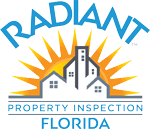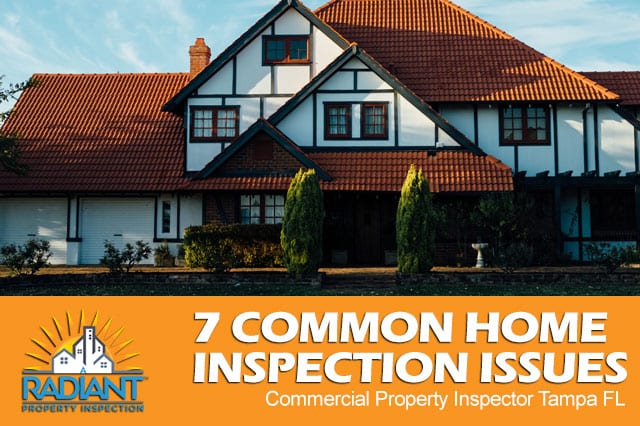In a perfect world, every home would be exceptionally maintained offering absolutely no surprises come inspection day. But the reality is that most homes do have surprises to share. Here are seven of the most common ones.
- Faulty Foundation – Keep in mind that every house will settle over time, creating hairline cracks. It’s part of a home inspector’s job to spot the difference between normal cracks and potential problems. A foundation engineer may be recommended to further investigate any problem cracks.
- Roof Issues – Fixing or replacing the roof on your home is one of the biggest expenses a home owner can face. Unless a roof’s life expectancy is severely low, chances are good that it won’t need to be replaced immediately. Common problems found during the home inspection are bent and weak shingles as well as damaged or missing flashing.
- Improper Ventilation – During summertime in Tampa, many attics become unbearably hot. This can be a sign of improper ventilation. A lack of airflow puts your home at risk for developing mold which is not a situation any homeowner wants to deal with! One of the most common ventilation issues are bathroom vents that release air into the attic instead of outside via the roof. This creates the ideal setting for moisture and mold.
- Plumbing Problems – Although most plumbing is hidden behind walls, it’s a vital part of what makes our present homes habitable. Be aware of outdated systems that use old pipes, especially when buying historic homes. Galvanized pipes were common in homes built pre-1960 and cast iron was the pipe of choice during the 19th and 20th Both of these pipes are no longer used because technology has developed much better ways to construct plumbing pipes.
- Inadequate Gutters/Roof Water Control – Gutters are not meant to be modern planters their function is to keep your home clear of water and its potential damage. Clogged gutters can easily lead to water intrusion and mold. Your home inspector will check for damaged or blocked gutters and also ensure the gutters are of adequate size.
- Flawed Drainage – With flawed drainage comes potential water damage which can also lead to mold. Spongey dirt is a sign of a drainage issue. Many drainage problems can be corrected by lowering the ground in certain areas so that draining water falls away from the home.
- Defective Wiring – Be cautious when buying older homes. Pre-1960 knob and tube electrical components no longer meet building code. If you are financing your purchase, your lender will likely require a whole new electrical system before providing the funds. Even if you are paying cash, old wiring is extremely dangerous and should be updated for your own safety.
Finding one of the above issues doesn’t necessarily mean you have made an offer on a bad home, just one that needs work. After having a certified home inspector examine your potential new home, it’s up to you to decide which issues are deal-breakers and which are minor inconveniences to be resolved.
Have you just made an offer on your dream home? Find out exactly what you’re getting into with a home inspection! Schedule your appointment online or call (813) 839-8416.

